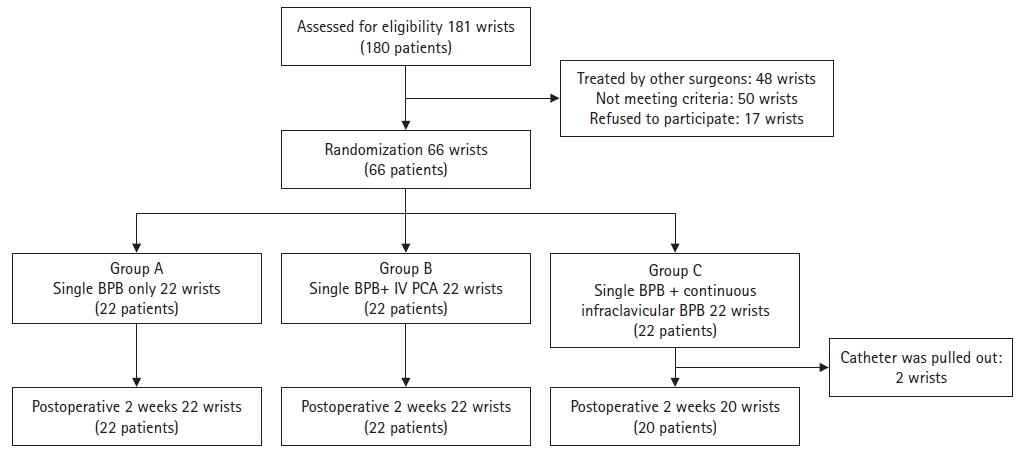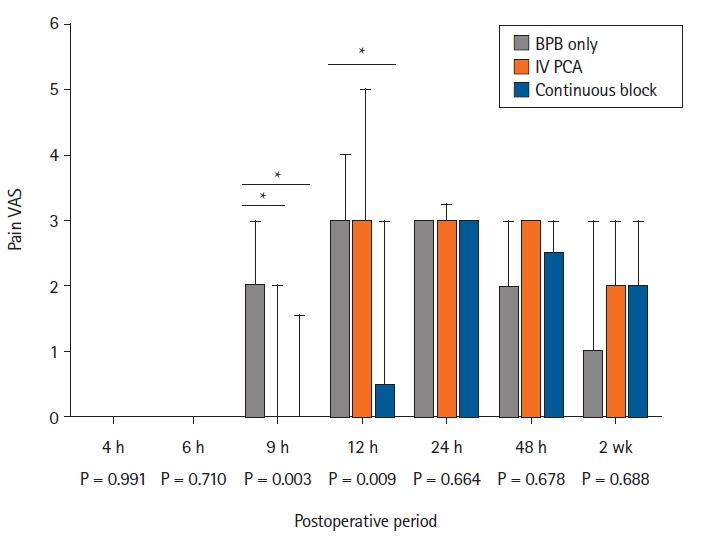 |
 |
| Korean J Anesthesiol > Volume 76(6); 2023 > Article |
|
Abstract
Background
Methods
Results
NOTES
Funding
This work was supported by the Korea Medical Device Development Fund grant funded by the Korea government (the Ministry of Science and ICT, the Ministry of Trade, Industry and Energy, the Ministry of Health & Welfare, and the Ministry of Food and Drug Safety) (KMDF_PR_20200901_0039).
Data Availability
All data generated or analyzed during this study are included in this published article and its supplementary information files.
Author Contributions
Jong-hyuk Lee (Conceptualization; Investigation; Methodology; Project administration; Resources; Writing – review & editing)
Ha-jung Kim (Conceptualization; Investigation; Methodology; Project administration; Resources; Writing – review & editing)
Jae Kwang Kim (Methodology; Project administration; Resources; Writing – review & editing)
Sungjoo Cheon (Investigation; Methodology; Resources; Validation)
Young Ho Shin (Conceptualization; Data curation; Formal analysis; Funding acquisition; Investigation; Methodology; Project administration; Resources; Supervision; Visualization; Writing – original draft; Writing – review & editing)
Supplementary Materials
Supplementary Table 1.
Supplementary Table 2.
Fig. 1.

Fig. 2.

Fig. 3.

Table 1.
Values are presented as median (Q1, Q3), number (%) or number of patients. BPB: brachial plexus block, IV PCA: intravenous patient-controlled analgesia, BMI: body mass index, ASA: American Society of Anesthesiologists. *P value < 0.05 is considered significant. †Classification of the patients’ health and comorbidity levels according to the ASA system. ‡Fracture classification according to the AO Foundation/Orthopedic Trauma Association system.









